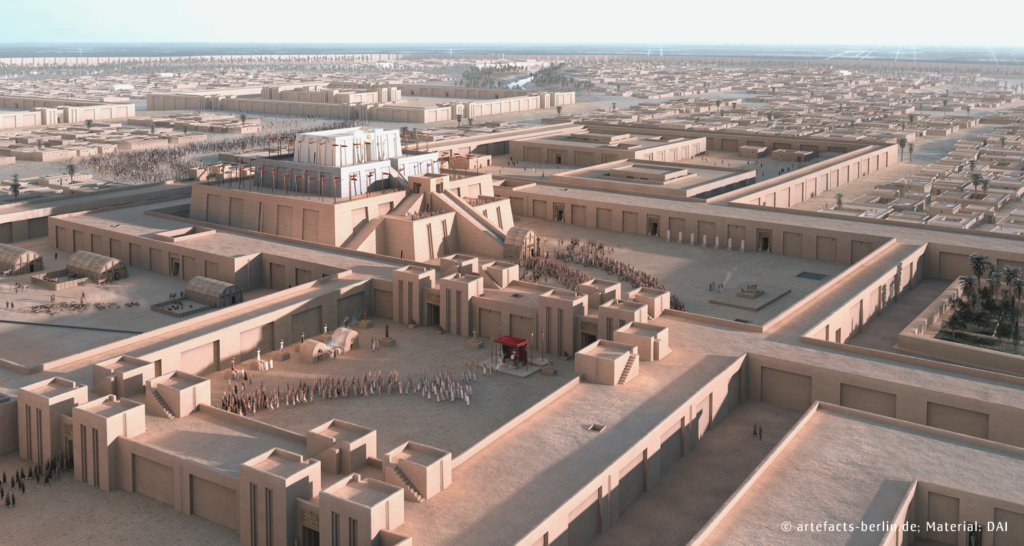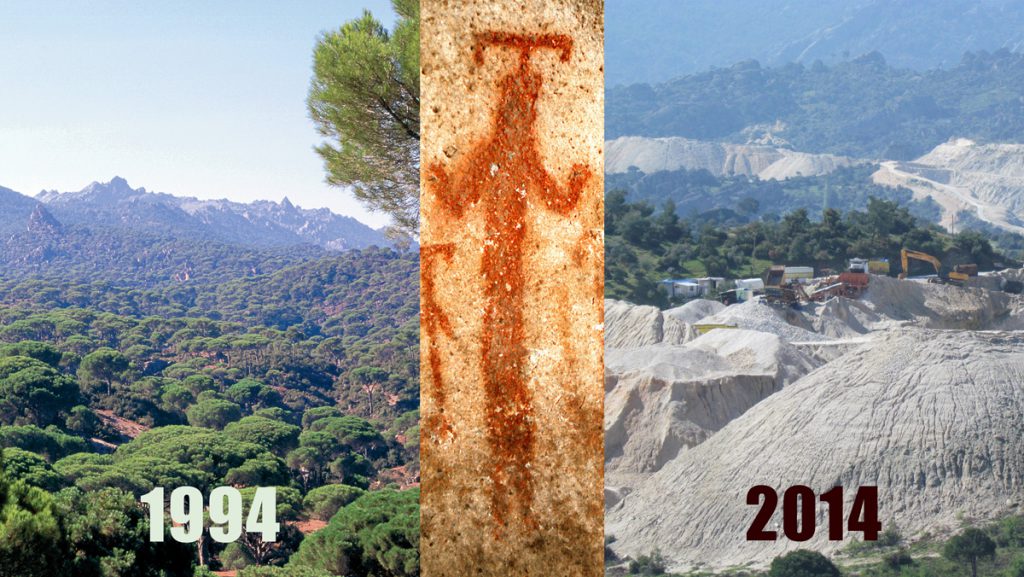One of our specialities and passions is the reconstruction and visualisation of ancient architecture. Virtual 3D-models make it possible to communicate a lot of information at a single glance. In this multi-part article I want to discuss the roots (Part 1), benefits (Part 2) and problems (Part 3) of archaeological reconstructions.
Part 3: The problems
So, after talking about the roots of reconstructions and what they are used and beneficial for, we also need to discuss some other points. As I mentioned before, reconstructions are never – and will never be – 100% correct. This is the nature of things, otherwise a reconstruction would not be necessary. Unfortunately, many people see reconstructions in museums or TV and automatically think: this is the way it was! Great!
Ask someone, that has no background in cultural sciences, to draw a human from the stone-age. Most of them will paint a picture of a club-swinging cave-man, probably with a kind of fur trousers. This image, depicted in countless children books, has had a major impact.¹ It is actually quiet difficult to get that picture out of our heads. So how do we prevent such a mistake with the reconstructions we develop?
One important thing we have to do, is to communicate uncertainty. If a reconstruction is presented, whether in a museum, a publication or on TV, one has to make it absolutely clear, that this reconstruction is just a proposal. You can do this in different ways. “But”, you will ask, “isn’t it bad if I present something I don’t know?” Of course, archaeologists tend to be careful with uncertain assumptions. This is understandable, due to the risk to get something wrong. But to visualize archaeological results in one (or more) image is in fact nothing else than writing about it in a row of monographs. It is simply another way of presenting. A combination of explaining text and graphics is the best way to go or as Golvin puts it: “It is better to draw what is difficult to describe with words, and to write what cannot be rendered with visual signs.”²
So, we have to be careful in presenting reconstructions. What else? Another problem of reconstructions are, that scientific knowledge changes over time and a previous model can become out-dated. This is especially the case with physical reconstructions, that cannot be altered so easily as virtual reconstructions. It is therefore necessary to update reconstructed models over time. This of course takes effort, but one has not to decline older models necessarily. The comparison of older reconstructions with newer ones can play an important role for research historical questions, like the example of the ziqqurrat of Ashur by Walter Andrae has shown.³
These were only two examples of constantly occurring problems, but in my opinion (of course!), do they not out-weight the benefits. Reconstructions are a great way of presenting scientific data to a professional as well as a broader audience. I really hope, that my three-part article was worth the effort and enjoyed.
[1] Moser, S./Gamble, C. 1997: Revolutionary Images. The iconic vocabulary for representing human antiquity, in: Molyneaux, B.L. (Eds.), Cultural Life of Images. Visual Representation in Archaeology, Oxfordshire, 184-212.
[2] Golvin, J.-C. 2012: Drawing Reconstruction Images of Ancient Sites, in: Green, J./Teeter, E./Larson, J.A. (Eds.), Picturing the Past. Imaging and Imagining the Ancient Middle East, Oriental Institute Museum Publication 34, Chicago, 82.
[3] Micale, M.G. 2008: The course of the images. Remarks on the architectural Reconstructions in the 19th and 20th centuries: The case of the Ziqqurrat, in: Córdoba, J.M. et al. (Eds.), Proceedings of the 5th International Congress on the Archaeology of the Ancient Near East (Madrid, April 3-8 2006), Madrid, 571-585.








